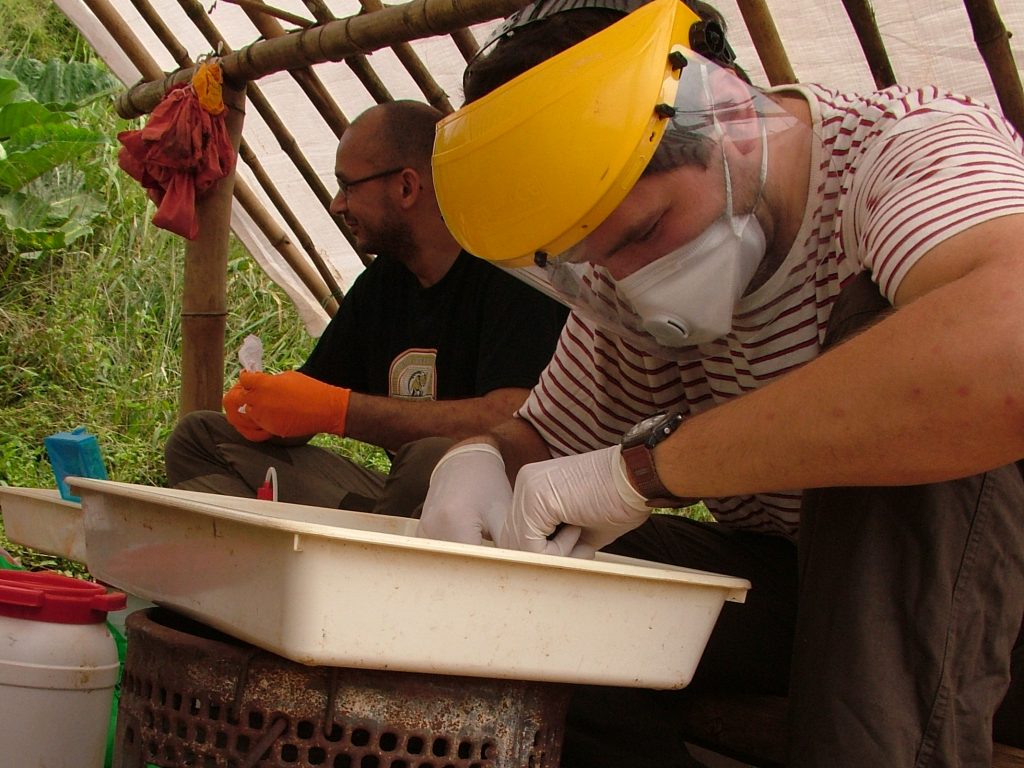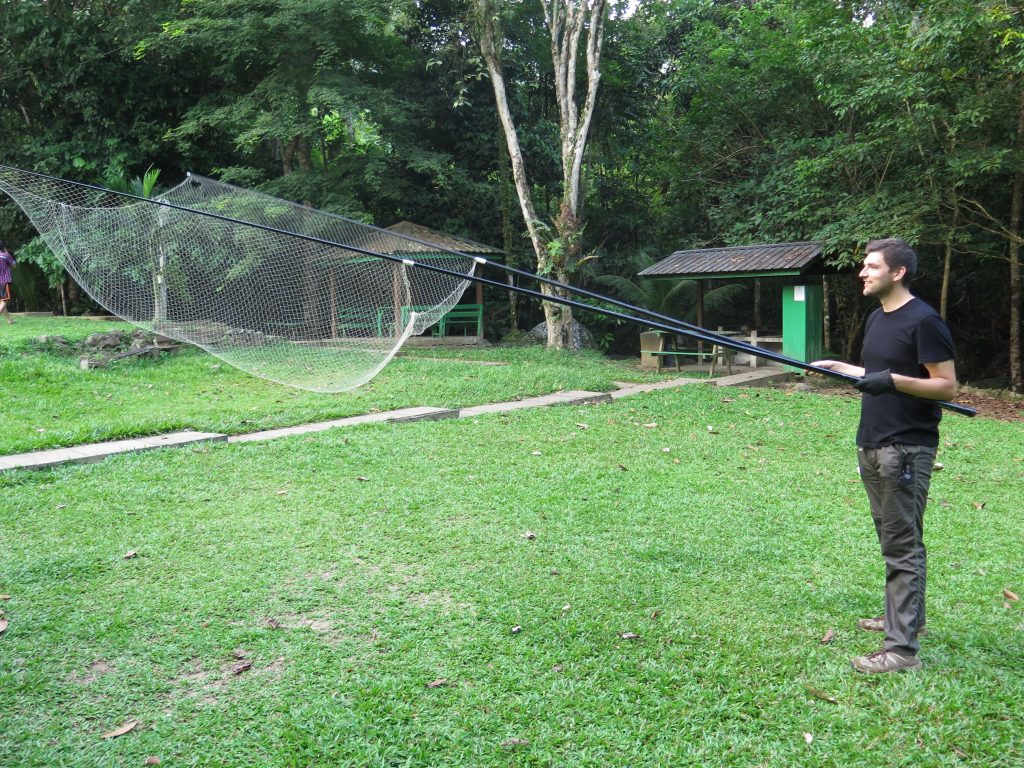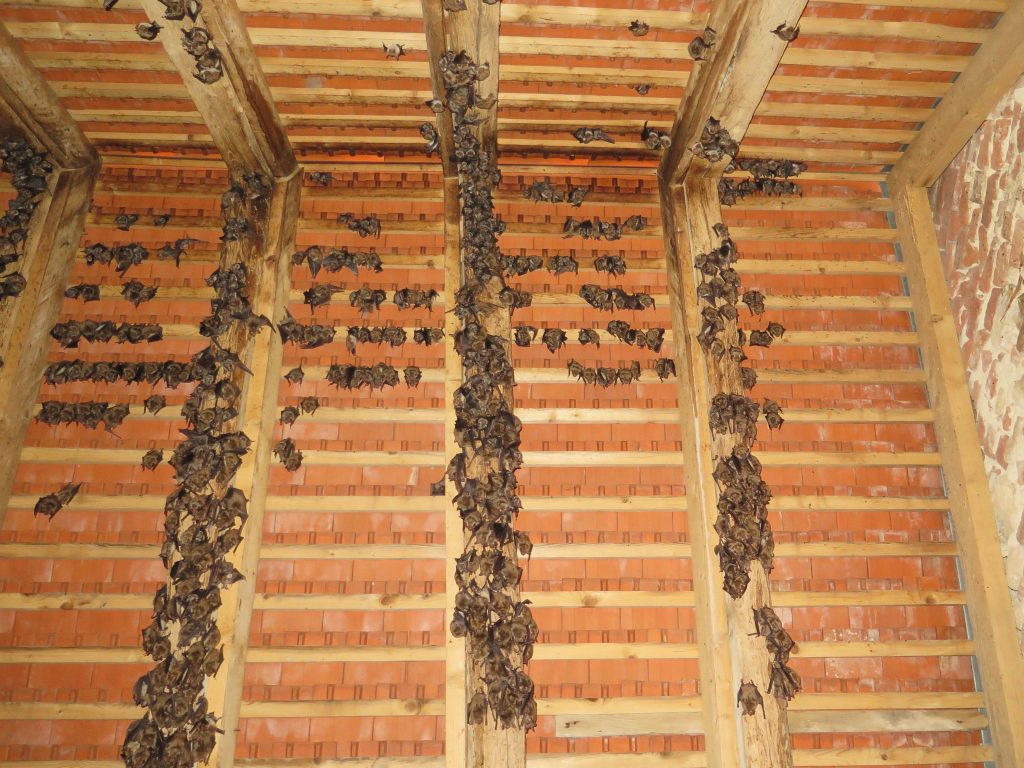Diseases
In the past few decades, bat-borne viruses came into the frontline of virus research as the consequence of finding several important zoonotic viruses in these flying mammals. During our tropical expeditions as well as collections in Europe, we have found a lot new viruses from diverse groups. Our goal at the Szentágothai Research Centre (University of Pécs) is to dig deeper into the diversity of bat-borne viruses, study their zoonotic potential and how we can prevent further human epidemics.
Ectoparasites may play a key role in disease transmission, hence their diversity, life cycles and the harbored viruses and bacteria are information of high importance. Beside studying the taxonomy and phylogeny of bat ectoparasites, we target several zoonotic bacterial groups in our joint investigations with the researchers at the University of Veterinary Medicine, Budapest.
Although viruses and bacteria seem to be usually non-lethal for bats, White-nose Syndrome is a devastating fungal disease threatening North American bats. The causative agent, Pseudogymnoascus destructans is endemic in the Old World and was introduced to America recently. We study the distribution and disease ecological aspects of the fungus to be able to stop the epidemics in North America.

Diversity of bats
The bat diversity of tropics is unbelievable high and is threatened by several factors. Many undescribed species and lower number of genera are waiting for discovery in the field and in the drawers of museums, but unfortunately some of them will not be known before they go extinct. Naming species and genera is always an honorific duty but solving taxonomic puzzles or elucidating evolutionary relationships are also thrilling. As former curator of mammals at the Hungarian Natural History Museum, and working together with Dr. Gábor Csorba, my area of focus is Southeast Asia. Acoustics may play a mayor role in making species inventories and detect elusive species with conservational importance. With many local researchers and the Southeast Asian Bat Conservation Research Unit (SEABCRU) we are working on a database with reference calls from Asian bats.

Conservation
Protection of bats is not only important in the tropics, but also in Europe as well. In Hungary, all bat species are protected by law, but many – mostly anthropogenic – factors are threatening them. One of the most important is the intensive silviculture, which destroys their roosts and foraging habitats. We investigate the roost preference and habitat use of several bats in Hungary with radio tracking and acoustic surveys to aid good management practices. Practical bat (and nature) conservation is particularly important for me. The Nature Conservation Foundation of Tolna County is a good basis to make conservation efforts that really matter. We survey forests and other habitats to find as many values as possible, to be able to protect them from destructive usage. We negotiate with forestry companies, building owners to protect bat roosts. Building bat-friendly gates on caves and abandoned mines as well as placing artificial bat roost on buildings and trees are as important as raise young and cure injured bats.

